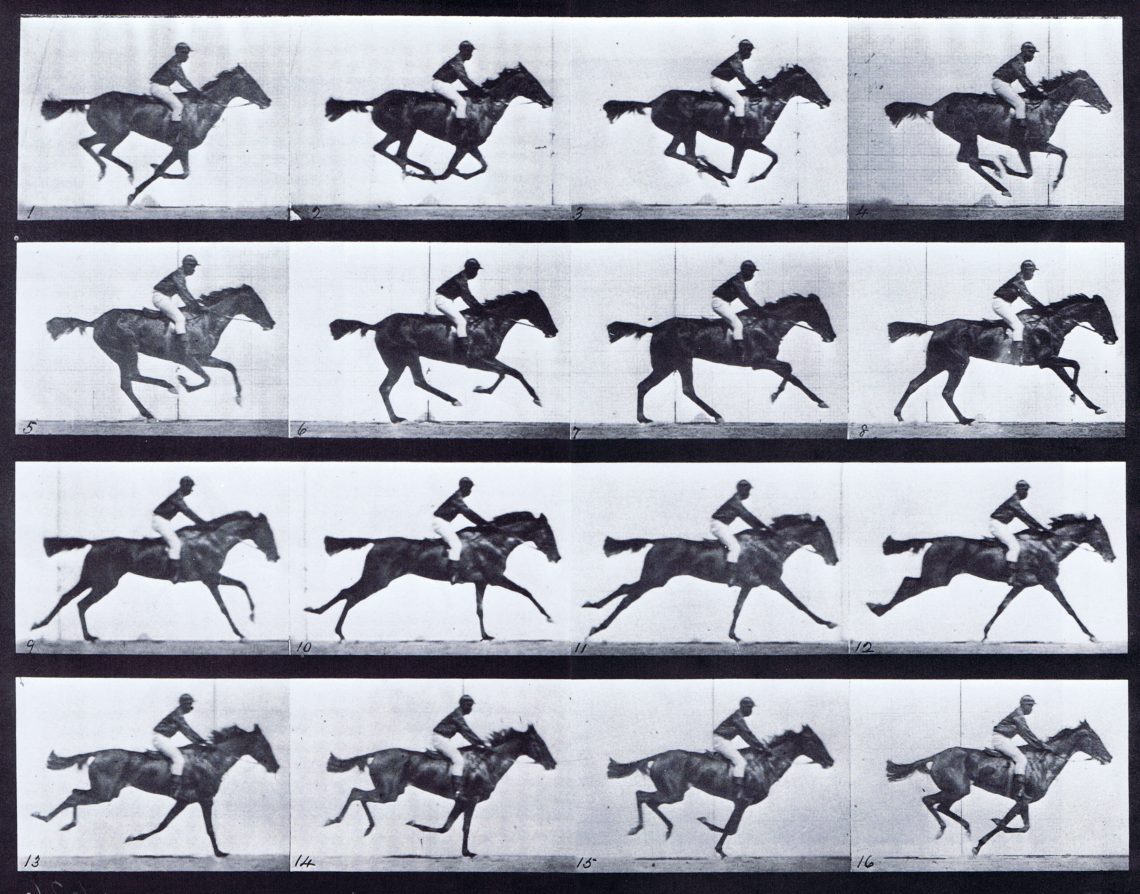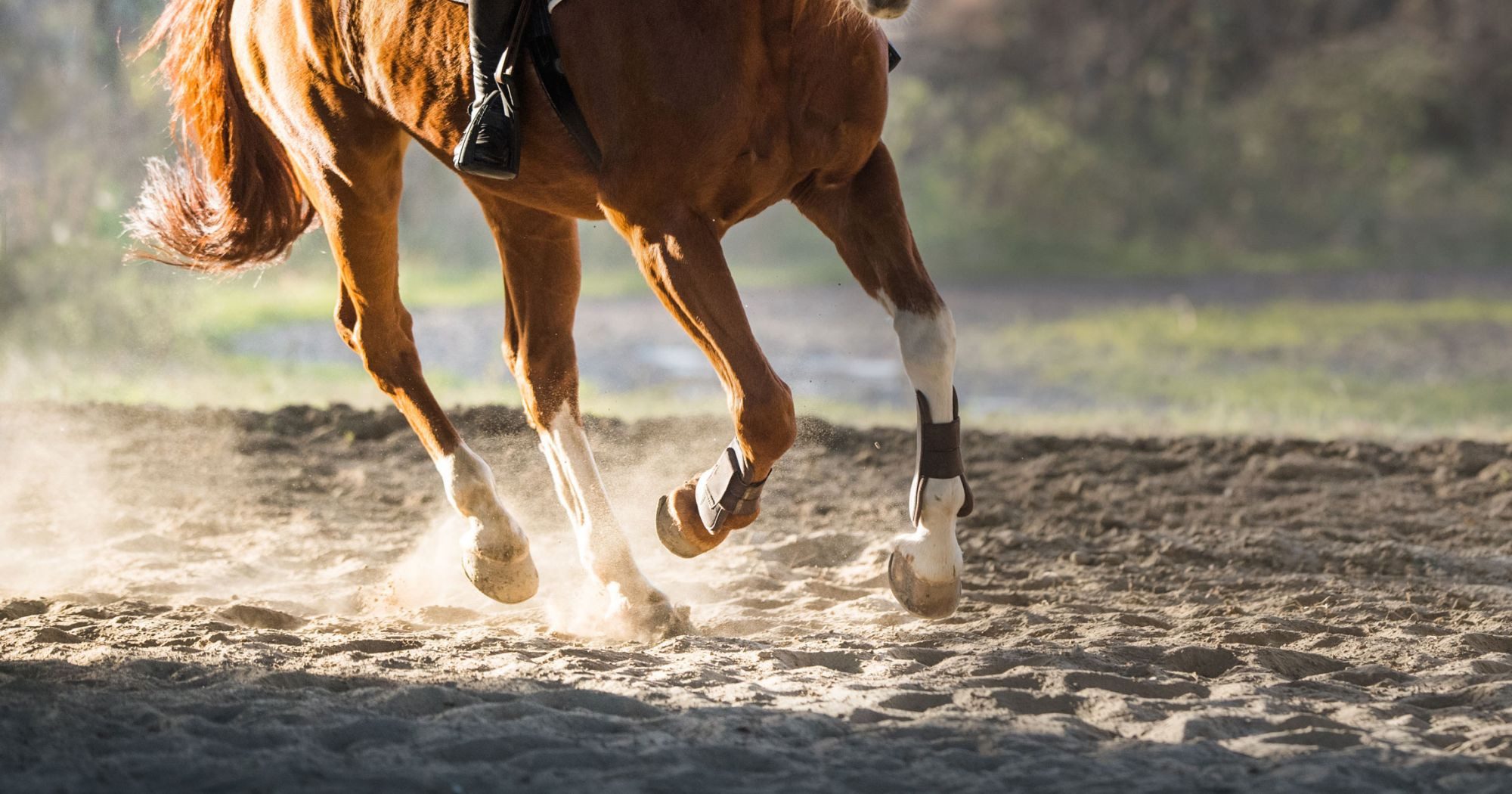
Uncontrolled gallop: overcome and reduce

Photo from fei.org
Some riders experience the fact that during work the horse “pulls” the athlete (whether it is riding in the fields, over rough terrain or ordinary work in the arena). Agree, few people can enjoy an uncontrolled gallop, right?
We have put together a few tips for you on how to regain control of your horse and stop it during unplanned races.
1. “Jockey Loop”
Any experienced jockey will tell you about a technique that is used during the races – a loop from the reins, which allows you to control the canter a little.
With this break on the reins, the horse, in an attempt to pull and pull the reins out of the hands of the rider, will mostly fight with himself. But as soon as she gives in, she will feel the pressure easing. Besides, this analysis of the reins will make your hands more stable and calm.
To make the loop, first take the reins the way you would normally hold them. With your left hand, still holding the rein, grab the end of the rein from your right hand to the buckle (that “extra” part of the rein that you don’t use while riding). Hold the “extra” part of the rein so that it passes between the thumb and forefinger and lies across the palm of your hand. You may need to turn your hand slightly to the side to do this. Do the same with the opposite end of the rein. You can adjust the length of the resulting loop as you like.
However, sometimes it is quite a difficult task to understand the technique of “looping” the reins on your own. So ask your trainer or other experienced person to show you this breakdown.
2. Calm and level landing
Most horses are sensitive to the position of the rider’s body – if the athlete leans too far forward, the gait accelerates. The first reaction of a person to such actions will be the desire to “give” the body forward even more and squeeze. However, this will only exacerbate the situation.
Don’t panic and don’t stress. You should straighten your shoulders and sit up straight. Make sure that you can draw a vertical line down through your shoulders, elbows and heel. If your horse does not respond, you can try to lean back a little in the saddle, loading the horse’s back. At the same time, do not pull the reins!
3. No fight!
Remember the golden rule: don’t fight the horse. You can’t stop a horse with a death grip on the reins. Most likely, the response will be biting the reins and speeding up the movement.
If you want your horse to loosen the reins a bit and respond to your command, use a half halt. Don’t pull on the reins for too long or use too much force. The half halt should be short. You may have to halt the horse several times before he responds to the command. However, get over yourself and in no case do not cling to the occasion!
4. Lifebuoy
If you can’t stop the horse while it’s moving in a straight line, then choose a different trajectory where it can’t accelerate. Great for this volts will do.
But remember – you should not wrap too small diameter per volt. You may be able to stop the horse, but at the same time you are at great risk: at a fast gait, he may lose balance and balance, slip and fall with you.
In order to make the canter more controlled, work on the horse’s control and response to the rider’s commands. To do this, there are several simple exercises.
Serpentine along the long wall
As a rule, horses most often accelerate at a canter when the rider moves in straight lines. At the same time, it is difficult for them to balance themselves in turns and bend correctly. An excellent exercise to correct this mistake would be the canter serpentine – when moving along a wavy line, the horse will be more difficult to “pull” the rider. Moreover, it will force her to learn how to keep her balance during bending.
In order to perform a serpentine, raise the horse into a canter. Once on the long wall, slowly begin to lead the horse away from it to the quarter line of the arena. Having reached the line, loop back to the wall of the arena. Repeat this several times as you move along the long wall.
Stop
Canter stops are the easiest way to bring the horse’s attention back to the rider’s action and “catch” him before he can accelerate. At the same time, stops can be made in two ways – gradually transfer the horse from a canter, making several paces of trot and step before stopping, or stop from a canter. For beginner riders and athletes working with young horses, the first method is best. Once this “type” of stop is well established, you can begin to require the horse to gradually reduce the time and distance needed to completely stop the movement.
Do not forget about the important component of stopping – immobility. Wait for the horse to “fix” the stop by relaxing before moving forward.
Serpentines with transitions in step
A great way to teach your horse a controlled canter is with a simple serpentine change of leg. Having made a loop, begin to shorten the horse so that the transition is two to three meters before the center line. Walk a few paces and then pick up the horse again. At the same time, if during the step the horse is tense, do not rush to change the gait. Achieve relaxation, even if for this you have to do the whole next loop of the serpentine on the go.
Transitions
Make various transitions: from a canter to a walk, to a halt or a trot. If you are good at these transitions, then try to make them inside the gait – from the collected canter to the average or extended canter and vice versa. At the same time, do not forget to alternate transitions – this way the horse will not be able to guess the next exercise and will have to be more attentive to the actions of the rider.
And remember: in order for the horse not to “pull” you, eliminate the root cause or learn to take a step forward. Don’t let your horse tumble into the reins on a regular basis while increasing the speed. And do not forget to work on correcting mistakes – the ability to stop the horse in time will not help you reduce the number of moments when he “carries” the rider.
Don’t be discouraged if you can’t handle the horse on your own and wean it out of the uncontrollable canter. Enlist the help of an experienced coachbut also work on the correct use of secondary aids and get the horse to respond well to the half halts.
- juliagilbert 3th of June 2022
This is the technique that I find the most difficult to perform





